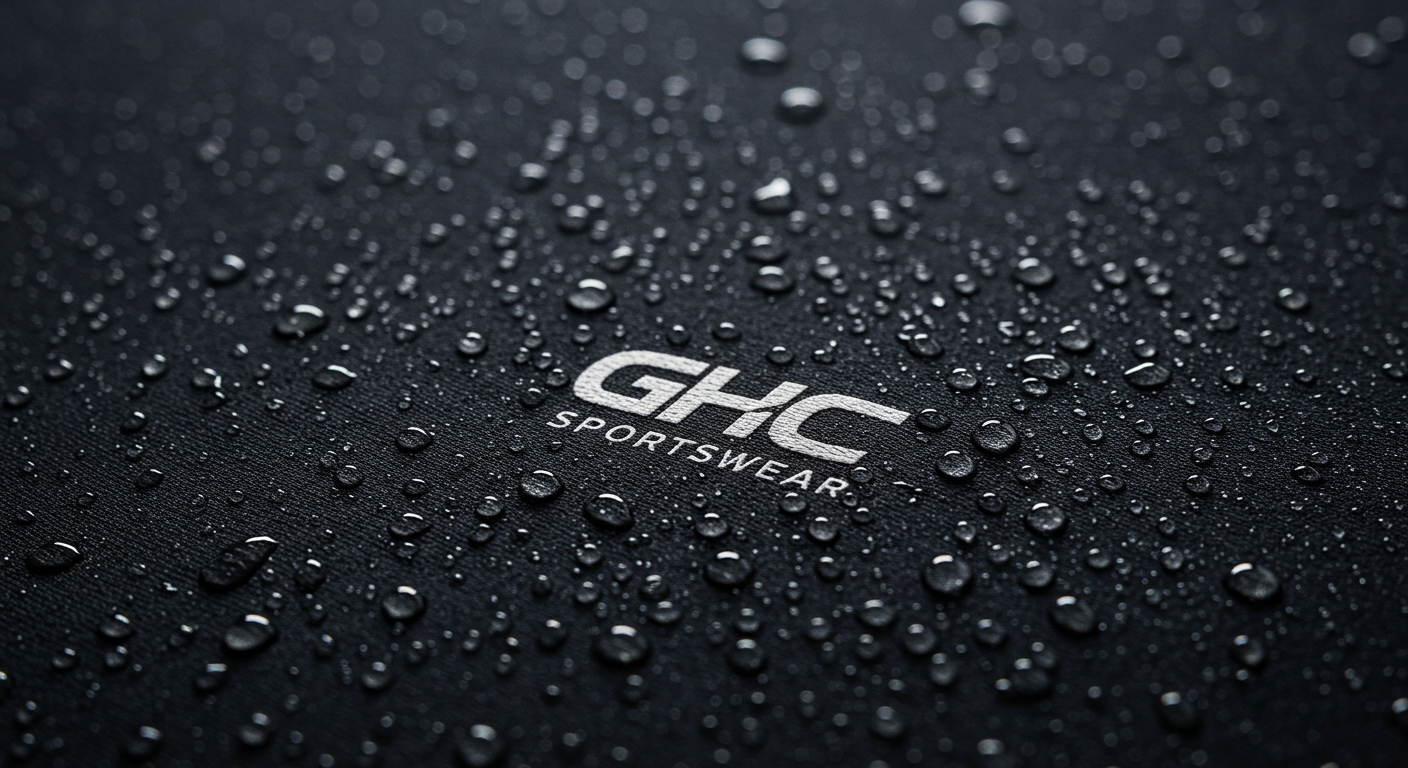
Moisture-wicking fabrics have revolutionized sportswear, making workouts more comfortable and enhancing athletic performance. These advanced textiles are designed to draw sweat away from the body, keeping athletes dry and cool even during the most intense activities. But how exactly do these fabrics work? In this article, we delve into the science behind these innovative materials and their benefits.
Understanding Moisture-Wicking Fabrics
These fabrics are engineered to transport moisture away from the skin to the fabric’s surface, where it can evaporate quickly. This process helps to regulate body temperature and maintain comfort during physical exertion. Unlike traditional fabrics, which can become heavy and clingy when wet, these fabrics stay lightweight and breathable.
The Science of Wicking
The effectiveness of these fabrics lies in their unique fiber structure and material properties. Here’s a closer look at the science behind it:
Fiber Composition
Most moisture-wicking fabrics are made from synthetic fibers such as polyester, nylon, and polypropylene. These materials have hydrophobic (water-repelling) properties, which prevent them from absorbing moisture. Instead, they move sweat to the outer surface of the fabric.
Capillary Action
The key mechanism behind moisture-wicking is capillary action. This phenomenon occurs when liquid moves through narrow spaces within the fibers of the fabric. The microscopic channels in the synthetic fibers create a capillary effect, drawing sweat away from the skin and dispersing it across the fabric’s surface.
Surface Area and Evaporation
Once the moisture reaches the surface, the increased surface area allows for faster evaporation. This quick drying process helps to keep the skin dry and comfortable. The combination of capillary action and enhanced evaporation is what makes these fabrics so effective.
Benefits of Moisture-Wicking Fabrics
These fabrics offer several advantages that make them ideal for sportswear and activewear. Here are some key benefits:
Temperature Regulation
By efficiently moving sweat away from the body and allowing it to evaporate, these fabrics help to regulate body temperature. This is particularly important during intense physical activities, where overheating can lead to discomfort and decreased performance.
Enhanced Comfort
Traditional cotton fabrics can become heavy and sticky when wet, causing irritation and chafing. Moisture-wicking fabrics remain lightweight and dry, reducing the risk of skin irritation and enhancing overall comfort.
Improved Performance
When athletes feel comfortable, they can focus better on their performance. By keeping the body cool and dry, these fabrics help athletes maintain their endurance and stamina.
Odor Control
Some of these fabrics are treated with antimicrobial agents that inhibit the growth of bacteria. This helps to reduce odors caused by sweat, keeping the sportswear fresh and hygienic.
Quick Drying
The rapid evaporation of moisture from the fabric’s surface means that moisture-wicking sportswear dries quickly. This is not only convenient for athletes but also helps to prevent the growth of mold and mildew.
Applications of Wicking Fabrics
These fabrics are used in a wide range of sportswear and activewear products. Here are some common applications:
Athletic Apparel
From running shirts to cycling shorts, these fabrics are a staple in athletic apparel. These garments help athletes stay comfortable and perform at their best.
Outdoor Gear
Hikers, campers, and outdoor enthusiasts benefit from moisture-wicking clothing that can handle varying weather conditions and physical exertion.
Underwear and Base Layers
Moisture-wicking fabrics are ideal for underwear and base layers, providing a dry and comfortable foundation for layering.
Socks
Moisture-wicking socks help to keep feet dry, reducing the risk of blisters and fungal infections.
Casual Wear
As athleisure trends continue to grow, moisture-wicking fabrics are being incorporated into everyday casual wear, combining style with functionality.
Choosing the Right Fabrics
When selecting moisture-wicking sportswear, consider the following factors to ensure you get the best performance and comfort:
Fabric Blend
Look for garments made from high-quality synthetic fibers or blends that enhance moisture-wicking capabilities. Some fabrics may also incorporate natural fibers like merino wool for added benefits.
Fit and Comfort
Ensure the clothing fits well and allows for a full range of motion. Look for features like flat seams and tagless designs to minimize irritation.
Additional Features
Consider additional features such as UV protection, antimicrobial treatments, and reflective elements for added functionality and safety.
Conclusion
Moisture-wicking fabrics are a game-changer in the world of sportswear, offering unparalleled comfort and performance benefits. Understanding the science behind these innovative materials helps athletes make informed choices about their gear. Whether you’re a professional athlete or a fitness enthusiast, investing in high-quality moisture-wicking sportswear can enhance your comfort, performance, and overall experience.
Explore the range of moisture-wicking options available at GHC Sportswear to find the perfect gear for your active lifestyle.
